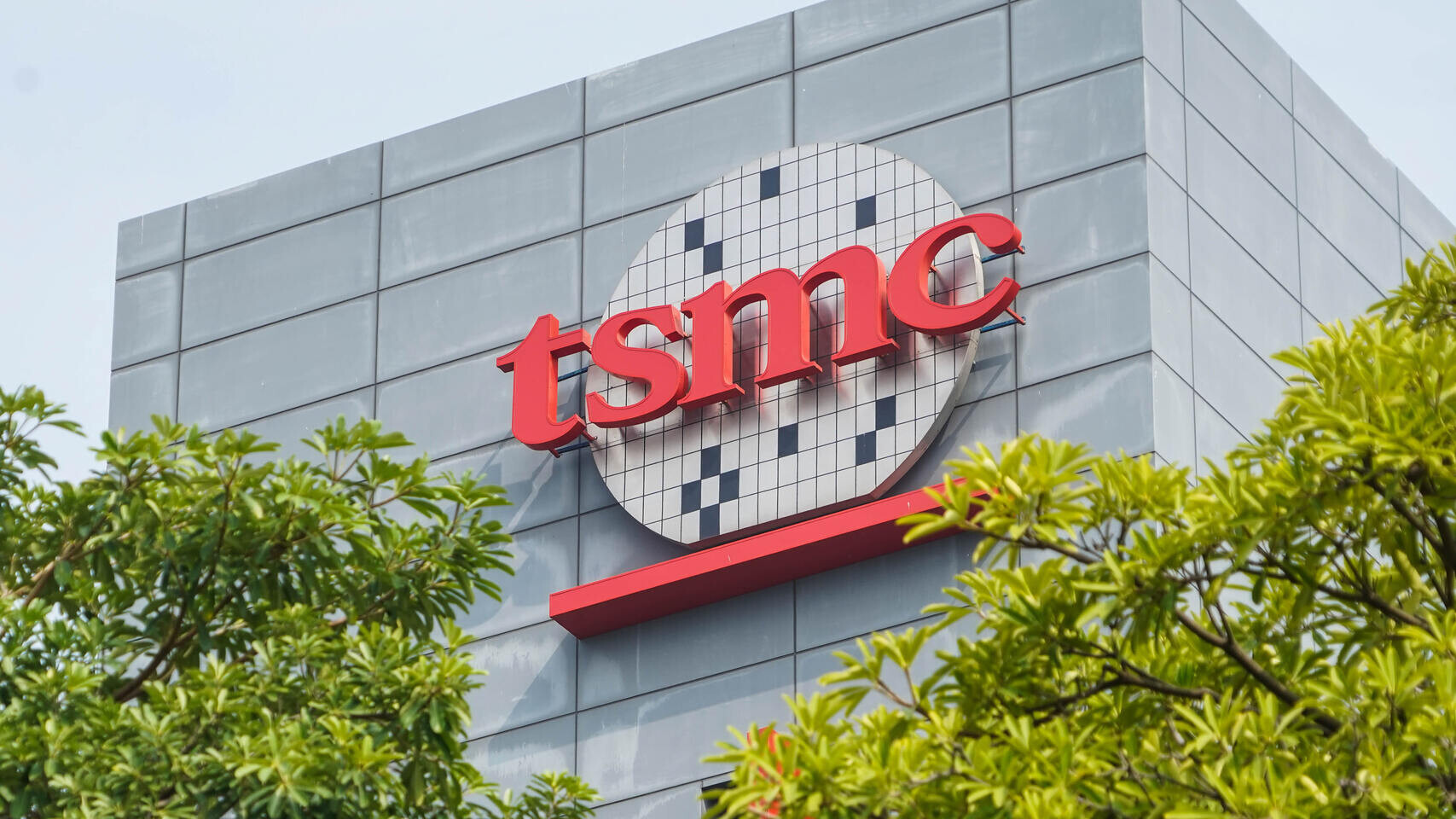Not a promising picture that presents itself regarding the conflict around Taiwan recently. Beijing has stepped up military manoeuvrings in the Taiwan Strait. The new Washington keeps poking China on the island much like the previous one. Former secretary of state Mike Pompeo is due to visit Taipei, which in itself is yet another provocation. What on earth is he going to say there publicly? We are all too aware of his rhetoric and, mind you, the man is probably in full 2024 campaign mode already.
In addition, the pertinent media and websites usually quite on the mark with their opinion pieces have either been touting or expressing huge concerns over a looming military stand-off on Taiwan, and you know what they say… where there is smoke, there is typically some sort of fire. The unfortunate problem is that neither side can back down. The stakes are too high. And the mainstream media has finally picked up on the real reasons for it, the ones that this space has warned of numerous times.
In an
FT article from Friday, their Taipei-based correspondent addresses the elephant in the room. The world’s largest contract chipmaker, TSMC, has been thrust into the spotlight in the midst of a worldwide chip shortage. The company has become the nucleus of the geopolitical conflict and a propaganda war of sorts. American media have accused TSMC to supply their wares to Chinese military-related clients, and Washington is pressuring management to refrain from exporting any sophisticated product to China.
Needless to point out that TSMC, next to Korea’s Samsung, is the sole producer of 5-nanometer chips, the highest quality in the semiconductor market, and is already gearing up to build production capacities for the next-generation 3 nanometer version. 60% of TSMC’s sales go to America, compared with only 20% to China. However, the latter is undoubtedly the fastest-growing market for semiconductors, making it not just a lucrative opportunity but kind of the future for its business.
China is currently dependent on purchases from TSMC and Samsung for its declared objectives of national technological advancement. Huawei and others have been banned to buy from TSMC, which is nothing short of cutting the lifeline for some of their businesses. If the ban was upheld, it would constitute a major impediment for the economy in general. China itself is far behind in semiconductor production capacity, and it will take years to catch up, time the Middle Kingdom does not have.
Beijing’s nomenclature dealing with the issue must feel like a pressure cooker. On one hand, authorities in charge and managements of affected companies have been naive in believing that global supply chains will always be open and product available, particularly the one made next door. Apparently, no one thought that, at the stroke of an American pen, TSMC could be forced to halt exports to the mainland. On the other, how dare Washington impose US law and export bans on what is perceived to be a province of China?
Maybe this in itself constitutes a casus belli. But America is equally dependent on Taiwan’s chip exports. For them, this crucial global supply chain is a long way from home, and Washington views it as existential to safeguard continued supply to their homeland and cut off China’s in the process. There are attempts to onshore parts of the chain, and talk has been that TSMC would build a factory in Arizona. However, by the time this plant is fully operational in what, 5-10 years, their 7-nanometer chips will be outdated.
We are truly finding ourselves in a Catch-22 situation. Washington simply cannot give up the prerogative to receive chip supply from TSMC and, amid a building global shortage, will do everything preventing China to lay its hands on it. And Beijing can equally not accept an export ban and the sudden discontinuation of chip supply on their end, particularly from geography it has labelled as Greater China for the past 50 years that should under no circumstances accept any imposition of US or any other law.
This is the real issue around Taiwan and has prompted sages and commentators to forecast a material standoff, even militarily. So far, Washington has resorted to poking and provoking, a strategy not unbeknownst to America’s behaviour as the sole superpower. It may have worked efficiently in many parts of the world, but it takes one to know one. Russia, for example, has through the Cold War experience become predictable and the recurring sanction slugfest between the two almost business as usual.
It is a different story with China and its PLA. While business-lobbied and -sponsored Washington may talk about but essentially have no interest in a hard-core conflict that could get out of hand and materially impact US economic interests, no one can be sure where that ultimate red line for China is. Beijing’s everyday decision-making may look pragmatic, but its dogmatic foundation can under no circumstances be underestimated. Whether US policymakers believe it or not, Taiwan constitutes that red line in every sense.
